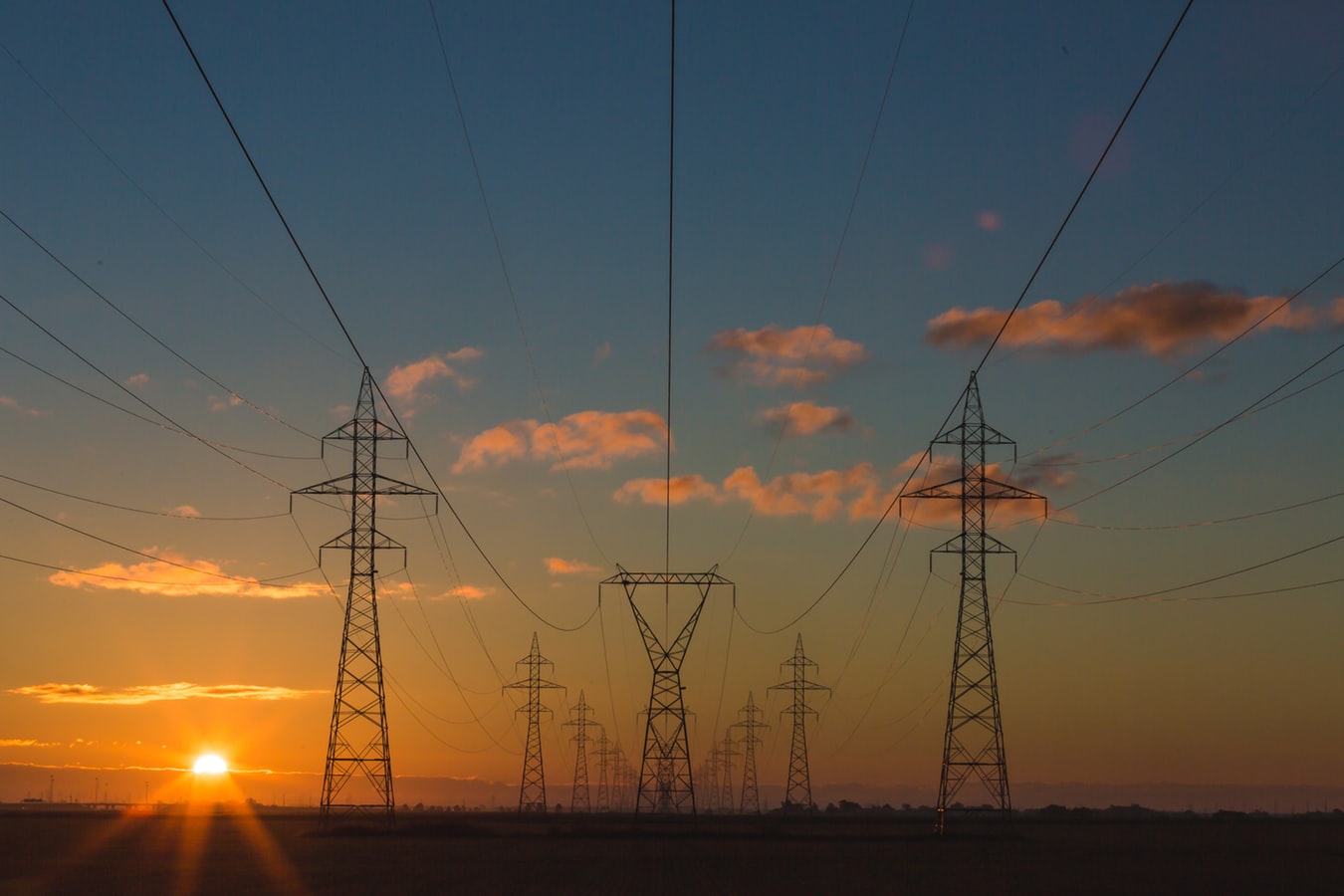Deep underground, in places where it’s so hot water doesn’t exist in distinct liquid and gas phases, lies a resource that is hoped will play a key role in New Zealand’s energy future.
GNS Science is optimistic so-called super-critical geothermal is part of the solution to achieving the Government’s “ambitious renewable” energy targets. But it’s years away.
Alternative energy futures are places where high hopes tend to spend a long time. It’s like the old joke: Nuclear fusion is the energy source of the future, and always will be. Then there’s solid-state batteries, they’ll solve all the problems with electric vehicles, if only we knew how to make them; or hydrogen is the transport fuel of the future, if only we could make lots of it without using natural gas.
These are all very cool ideas, and given that energy is critical to the future of civilisation as we know it money is being poured into research into these areas.
Most extravagantly, 35 countries are chasing the fusion dream by building in the south of France the world’s largest tokomak – a device which uses a powerful magnetic field to confine a hot plasma.
That project is called Iter and has an official budget of €20 billion ($NZ34.3b), although some estimates go way higher.
It’s a mammoth undertaking. Work started in 2007, and the complex is due to start operations with “first plasma” a few days before Christmas in 2025. But it will take another decade after that at least to fully power up the facility. The plan is for Iter to be the first fusion experiment that produces more energy than it uses, but even then it won’t actually capture the energy it produces as electricity. Rather, “it will prepare the way for the machine that can”.
Back to supercritical geothermal. During 2019 the New Zealand Government decided to spend $10.7 million over five years to identify the best places to find the resource in New Zealand, and to find out more about it.
According to GNS, conventional geothermal alone cannot get New Zealand to the Government target of 100 per cent renewable electricity by 2035, and net-zero greenhouse gas emissions by 2050.
“The solution is deeper, supercritical geothermal,” GNS said in its funding bid.




















































